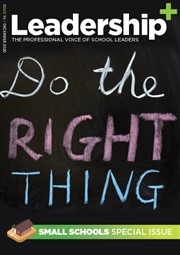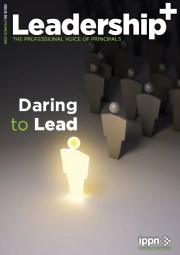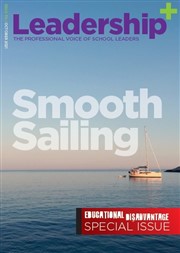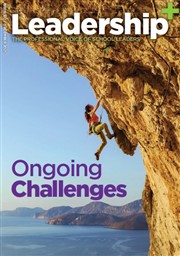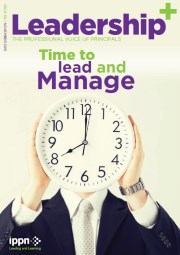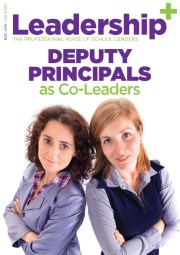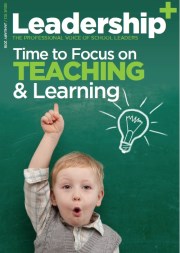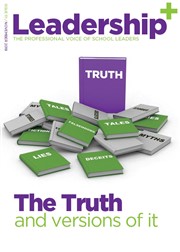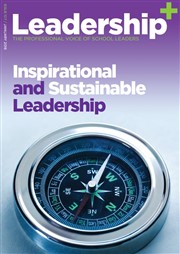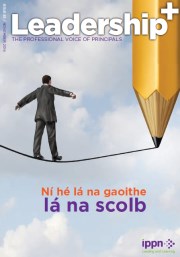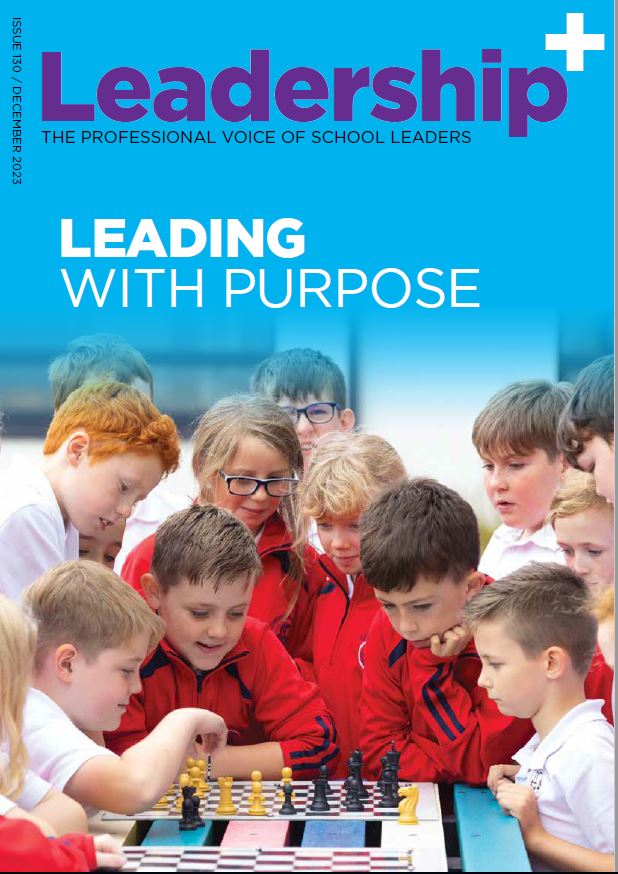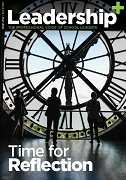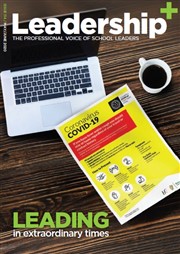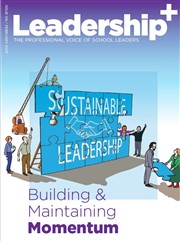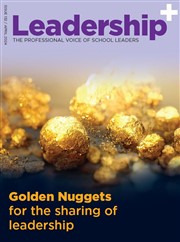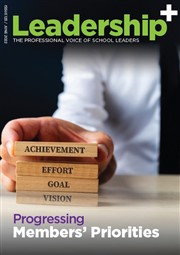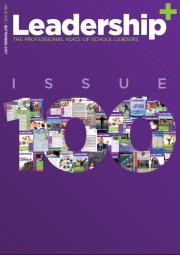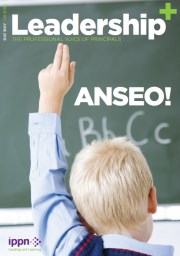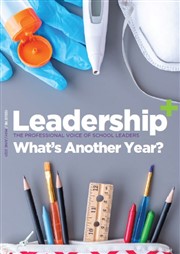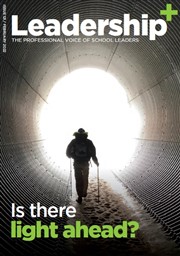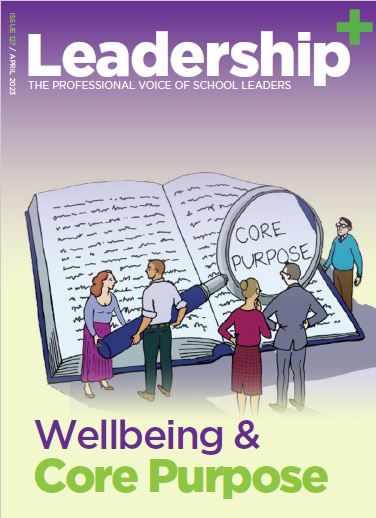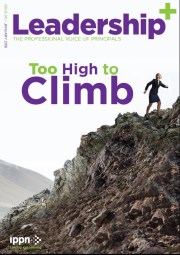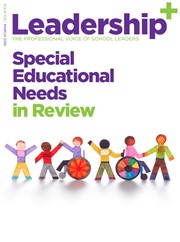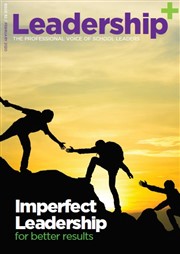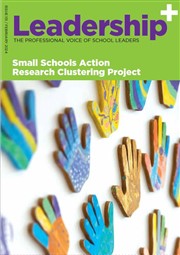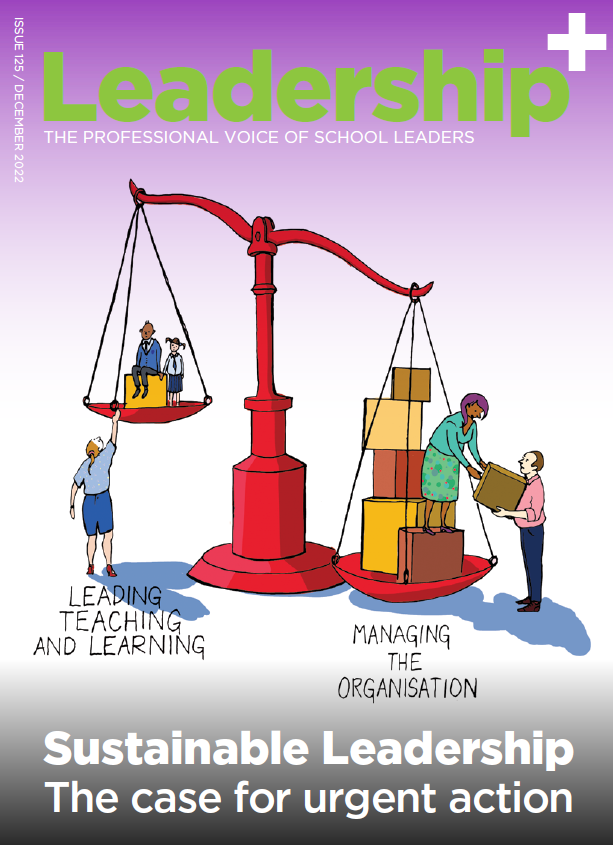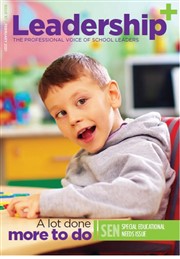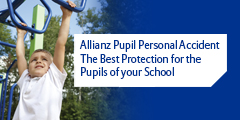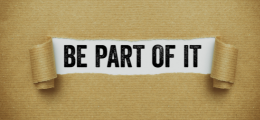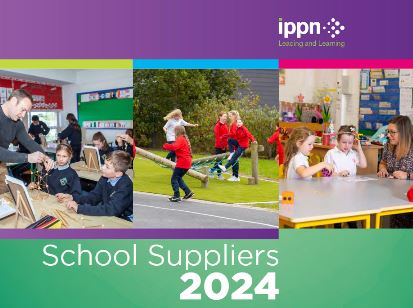Schools are given €117,000 IT report - but no new computers
- Published: 26 September 2008
By John Walshe Education Editor
A report about investing "effectively" in information communications technology (ICT) in education was sent to 4,000 schools which have seen no state investment in computers for years.
"There is no investment and hasn't been for years," said the Irish National Teachers' Organisation (INTO) general secretary John Carr.
"Instead, all schools get is a report, the publication and distribution of which is little more than a vanity project."
He accused the Government of wasting taxpayers' money as the total bill for printing and couriering the report and other schools' material was €116,900 -- which could have provided more than 300 computers.
Mr Carr said the reaction of teachers to the publication and distribution of the ICT report was almost universally negative.
"Teachers want effective investment in school computing, not glossy reports delivered by couriers telling them what they already know about the need for effective investment."
The report was compiled by a strategy group established by the Department of Education to advise on the spending of €252m in the National Development Plan (NDP) on school computing.
It states that a lack of sufficient and sustained investment over recent years resulted in insufficient and aging computer equipment in schools, no provision for technical or backup support and inadequate levels of broadband internet.
Fine Gael education spokesman Brian Hayes described the exercise as a "profligate waste of cash" and said Education Minister Batt O'Keeffe should be spending money on computers in the classroom rather than on "pointless" printing and couriering.
One principal who received the report apparently threw it across the staffroom with the words, "Invest what?"
Mr Hayes said: "The minister has refused to give firm commitments on ICT spending in schools, with the €252m outlined in the NDP under threat and increasingly looking like it will collapse."
But Mr O'Keeffe dismissed the statement as a "cheap shot" and an attempt to mislead people.
"It was a typical response from somebody who had no policy solution for anything and it did not present the facts,'' according to a spokesman.
The printing of the ICT strategy report included Irish translation -- a requirement of the Official Languages Act.
The production and printing of the report, and the accompanying CDs, cost €50,137.30.
In the interests of cost-effectiveness, it was delivered in conjunction with a number of inspectorate reports. The boxing, packing, storage and distribution cost of the consolidated distribution was €66,163.10, he added.
The pack sent to schools consisted of 17 items, only two of which were copies of the ICT strategy report. The other 15 items were reports constituting wide-ranging policy advice which was of direct interest and importance to schools.
Two examples of other reports which were in the pack are 'Irish In The Primary School' and 'Looking At Irish At Junior Cycle'.
"Deputy Hayes' statement that the department spent €116,900 just printing the 'Investing Effectively' ICT report and couriering it to schools around the country is therefore bogus, irresponsible and typical of a politician who consistently substitutes soundbite for substance," added the spokesman.
The smart board lesson
- Published: 26 September 2008
Interactive whiteboards connected to computers are revolutionising education, but now their creators are turning their attention to the corporate market, writes Karlin Lillington
IN 1987 when Nancy Knowlton's mathematician husband Dave Martin came up with the idea for an interactive whiteboard that could be connected to a computer, the world didn't exactly come banging on the Canadian couple's door.
"At our first trade show, we had exactly one person who expressed an interest in the product," recalls Knowlton. "And at our second trade show, we had two people."
But those people were schoolteachers. And, in a smart move, the couple decided that if teachers were the ones who seemed to get the concept of an interactive whiteboard, maybe they should focus on the education market.
That decision has been the making of Smart Technologies, now a dominant player in a booming industry with 53 per cent market share globally (last month, the company sold its one millionth smartboard). Knowlton is the company's chief executive, while her husband is chairman.
Interactive whiteboards are made with a touch-sensitive material that enables the entire board to become a giant touchscreen for any computer attached to it.
"In our first year, we sold less than 500 units," says Knowlton. "Today, that would be a bad start to a day."
In a stagnating Canadian economy where technology companies are hurting, Smart recently has been adding shifts to meet demand for boards.
Success, however, came slowly - so slowly that now Knowlton marvels that the company survived its unimpressive start. Founded in 1991 (the pair were distributors for projectors to generate cashflow during the years Martin took his idea from drawing stage through to a marketable product), Smart had a low revenue profile until 2003, when sales began to spike.
Why 2003? "One of the major developments was the decision by the UK government to set aside £50 million to buy interactive boards," she says. "Also, there was interest from local authorities. That gave our product quite a boost."
In addition, an equity stake taken by Intel in 2002, which included co-development and joint marketing, was a major help, though the company has remained otherwise self-funded. Soon after, they "started to get some critical mass in the Unites States" as well, she says.
Martin's insight in the late 1980s was that an interactive board would mesh well with the home computing revolution just beginning to take off. "His concept was taking that information that had been personal and private (on a PC) and opening it up to a room," says Knowlton.
The boards are now widely used in education, where they enable teachers to continue teaching at the front of a room using the whiteboard, rather than being at the back or the side of a room operating a PC or a projector. Students come forward and interact with the board in a more dynamic way than with a blackboard.
Along with supplying teachers with plenty of learning support and teaching materials, Smart also ask schools that are buying the product to select 20 or 30 students who get training, too, and can become mentors in the classroom.
"We make students the teachers," she says, which fits with the move away from teachers as didactic presenters of knowledge to teachers as facilitators for students as they work to find information and discuss it themselves.
The didactic lecture "may have worked when you had the 'sage on the stage' versus the 'guide on the side'," she says. "But these days, instead of 'Here's what you should do', it's 'What do you think you should do?'."
Knowlton gets excited when talking about teachers who can stand up in front of the room and show rather than tell. When teachers are using arm movements to move, highlight and circle information on the boards, using virtual coloured pens, children are "building models of knowledge" they gain through those pictures on the board, as opposed to watching a teacher move a cursor around on a projected screen, she says.
"These are gross motor movements and are slow and deliberate," she says. "Lots of kids can't follow small movements" such as teachers writing on a chalkboard or moving a cursor alone, she continues, citing studies that show that one of the single best things teachers can do to accelerate learning is simply to slow down.
She readily acknowledges that teachers can find the shift to interactive boards challenging, but says that is why plenty of support is essential. Irish teachers can find lots of ideas and share information at www.smartboards.ie, for example. There are YouTube demonstration videos, subject specific training, and direct support from resellers.
Numerous surveys demonstrate that teachers as well as students like this technology. In one UK school, not one teacher said they found the boards of no value, and more than half found them "very useful", with 11 per cent saying they "couldn't have done lesson without" such a board.
A 2007 survey of teachers in a Minnesota school district found that 96 per cent felt using such a board made them a more effective teacher. In another US survey, teachers said student behavioural problems diminished when using the boards during lessons.
Downsides are costs - entry level boards start at several thousand euro each - maintenance, and management. At the moment, Irish schools lag behind their UK and US counterparts in whiteboard use, but Knowlton, of course, would like to see that change.
She's also eyeing new markets. After years of focusing primarily on the education sector, Smart is turning its attention to potential in the corporate market, with Knowlton and Martin visiting Ireland and Britain to launch a marketing push.
She says the whiteboards are useful not just for meetings but for video conferencing, as participants can share a desktop, elements from individuals' PCs can be gathered together on the common desktop, and all the materials from such events are archived and shared.
But static erasable whiteboards remain the dominant form of corporate board, don't they? "We expect the corporate market hasn't had the need to evolve sufficiently pressed upon them," she smiles.
She notes that Smart offers proprietary software specifically for corporate use of the interactive boards, and is quick to flag that feature du jour relating to green credentials - the boards can reduce the need to travel to group meetings.
Scandinavia, Germany and the US are already growing markets for corporate whiteboard use, and she says she expects corporate Britain and Ireland to come on board, too.
If they succeed in pushing the interactive boards into the corporate meeting room, who knows? Meeting attendance might rise - but meeting length may increase due to executives having too much fun playing with the boards.
Whiteboards: take-up by Irish schools slow
Interactive whiteboards have become ubiquitous in schools, especially in the United States and in Britain.
Figures on their use in the Irish school system are sketchy. The most recent "census" of ICT in Irish schools was carried out in 2005.
It found that just 1.8 per cent of secondary schools in the State had at least one whiteboard - amounting to about 92 schools.
The situation was slightly better in the post-primary sector, where the percentage of schools with at least one of the interactive boards was 4.7 per cent - equivalent to 39 schools. Just 3 per cent of special schools were using the technology - effectively just four schools in this sector.
Those figures from the Dublin City University-based National Centre for Technology in Education were very little changed on the previous ICT census carried out in 2002. In fact, if anything, the percentage of primary schools using the technology had fallen slightly.
Investment in interactive whiteboards has only really picked up in the past year or two. Industry estimates suggest that between 2,300 and 3,500 of the whiteboards are now in place in around 1,000 schools - about a quarter of all schools. Though a marked improvement, that take-up remains significantly behind that in Britain, where about two-thirds of primary schools and almost all post-primary schools have some access to the technology.
There remain issues with ICT in Irish schools, not least proper training of the teachers expected to use the equipment to enhance the education experience. There are also issues of interactivity - for instance, the two best-selling interactive whiteboards cannot work with each other.
Smart Technologies became the largest player in the Irish market earlier this year and estimates that it now accounts for about 40 per cent of Irish sales.
Edgworthstown school lock out averted
- Published: 26 September 2008
By Staff Reporter
by Liam Cosgrove
A prefab company who threatened to lock pupils out of one of County Longford's largest primary schools has agreed to shelve its far reaching plans after a truce was reached between the company and the Department of Education.
Fears that schoolchil
ADVERTISEMENT
Click here to find out more!
dren could face the prospect of being locked out of their classrooms emerged last Thursday evening when Dublin based prefab company Extraspace sent a letter to principal of St Mary's National School, Helen O'Gorman in Edgeworthstown, Co Longford vowing to lock parts of the school because the department had yet to pay this year's bill for classroom hire.
"We are not locked out this morning," a relieved Ms O'Gorman told the Leader this week. "I spoke to the company this morning and they understand that it (payment) is going to be sorted."
Ms O'Gorman revealed Extraspace was owed 85,000 euro for the rent and construction of two temporary classrooms from February to Christmas in an invoice which is normally paid within six to eight weeks.
"It's all done through the school," Ms O'Gorman explained. "We have two prefabs at this particular time and we sent that information into the department. It usually takes about six weeks or so for money to come through but on this occasion it hasn't."
It is the second time in as many weeks, the Edgeworthstown school has been hit with spiralling cash problems. Last week, the Leader revealed how as many as 20 teachers are having to contend with makeshift accommodation despite promises that a new state of the art school worth 83.5 million would be built almost three years ago.
The letter which was sent to St Mary's NS by Extraspace managing director Paul Tierney warned "serious action" may have to be taken in order to secure payment from the department.
"Despite our efforts to resolve this matter, we have not received any guarantees from the DOES (Department of Education and Science) or your schools that we will receive payments owing for temporary classrooms.
"The significant level of payments overdue are putting our company under severe financial pressure. While it is certainly not our desire to inconvenience the school and its pupils, we have been unfortunately placed in a position where we must take serious action in order to protect our company from further financial costs arising," the letter outlined.
ends
Successful classroom tech is about educating the educators
- Published: 25 September 2008
By Marie Boran
Teachers are becoming bigger proponents of using ICT in classrooms than they are given credit for. That's according to a company whose spelling software is deployed in 50pc of Irish schools.
Teachers are becoming bigger proponents of using ICT in classrooms than they are given credit for. That's according to a company whose spelling software is deployed in 50pc of Irish schools.
Seamus McGuinness, managing director of tech firm Prime-Ed believes a pedagogical approach to learning, combined with ICT resources, is transforming the learning process.
It is not merely about the presence of technology in the classroom, but rather how educators are now becoming more comfortable with using it, he says.
Prime-Ed has been producing software for Irish schools over the past seven years and the experience has shaped McGuinness's thinking. "First off, the great thing about technology in Ireland is that it has come a long way since the first computer rooms were installed in the late Nineties with the first government grants.
"The past few years really have seen greater use of technology in the classroom by teachers. We've been working with Promethean interactive whiteboards in the UK for a number of years, and in the past three years we have been supplying the Irish market.
"We didn't see a market for it before then, but teachers nowadays are accepting and using technology at a much higher level than ever before, and a lot of that confidence has come through better training."
McGuinness says the important thing is not that his firm simply sells ICT equipment and software, but that it also provides training courses for the educators: "Many of the teacher-training colleges around the country such as St Patrick's use our technology as part of their course, and graduates now emerging have a level of competence in the use of these."
While McGuinness says this is creating a new wave of technology-savvy teachers, it is important to realise that those who have been teaching for years are also keen to adapt to the new technologies.
"Educators bringing new tech skills such as the use of school networks or interactive whiteboards have shared this knowledge with current teachers, who have readily picked the skills up."
It is also a matter of perspective, says McGuinness. Where someone sees simple technology such as a digital camera and assumes it's just for taking pictures, a pedagogical approach has teachers incorporating it into a fun learning process.
"All these primary-school teachers in training are exposed to e-learning methodologies, and when they enter their first job, they push their use because technology is an integral part of that training," says McGuinness.
Row as school takes holy medal from pupil
- Published: 25 September 2008
A PARISH priest said last night he would investigate reports that a miraculous medal was confiscated from a 16-year-old secondary school student.
The fifth-year student, described as a pupil at FCJ secondary school in Bunclody, Co Wexford, was reported to have had the small medal confiscated after being told on two previous occasions to remove it while in school.
Local parish priest Father Aidan Jones said last night he had learned of the report in a number of phone calls from people concerned about the alleged incident.
"I have had a couple of phone calls about it this evening. I wasn't involved in it, but I will check it out tomorrow," he told the Irish Independent.
Fr Jones said he understood the school had a no-jewellery policy, a fairly common provision in many schools, but he did not think there was "some sort of ban" on miraculous medals.
The 'Wexford Echo' reported that the Bunclody student had been wearing the medal since it was given to him as a First Holy Communion present by his grandmother nine years ago.
He had worn it every day since, but was recently told on two previous occasions to remove it.
However, he forgot to take the medal off on Monday and it was confiscated.
His mother told the local newspaper that she found the situation ridiculous.
It was ironic such a small emblem, worn in a school with a Catholic ethos, could cause controversy, while a female student in Gorey Community School was allowed to wear the hijab -- the headscarf that forms part of Muslim dress. "He will be allowed collect it in the office after a few days but it seems a bit extreme," said the boy's mother.
"It's a silver miraculous medal, it's tiny. It's not screaming Catholic madness fanatic. It's peace of mind for me, I feel it keeps them safe. It's a family thing."
The student's mother was reported as saying she did not understand why the medal had suddenly become an issue.
"The former principal had no problem with it. She never looked at it but her view was you could wear a holy medal or a cross and chain."
The latest controversy surfaced a day after the government announced recommendations on school uniform policy and decided against issuing a directive to schools on the wearing of the the Islamic headscarf in classrooms.
A joint statement from Education Minister Batt O'Keeffe and Minister for Integration Conor Lenihan said the current system, whereby schools decided their uniform policy at a local level, was "reasonable, works and should be maintained".
Their statement said no school uniform policy should act in such a way that it, in effect, excluded students of a particular religious background from seeking enrolment or continuing their enrolment in a school.
"However, this statement does not recommend the wearing of clothing in the classroom which obscures a facial view and creates an artificial barrier between pupil and teacher.
"Such clothing hinders proper communication."







